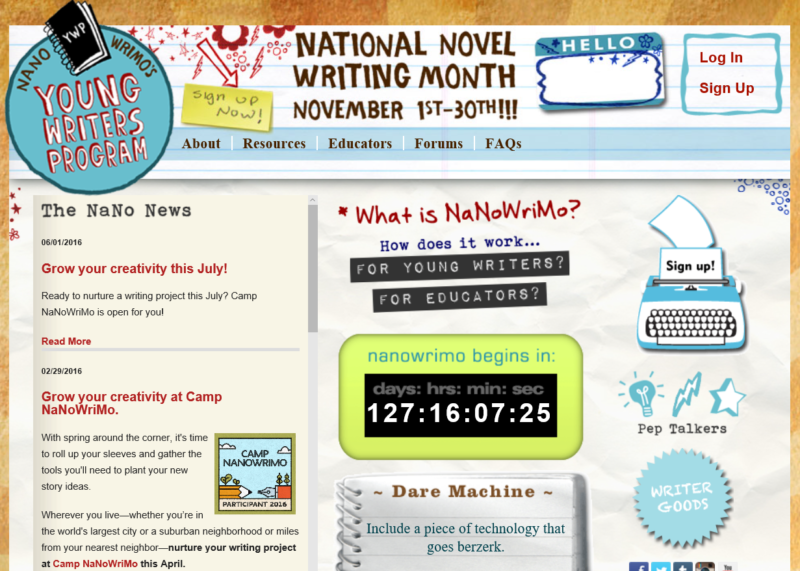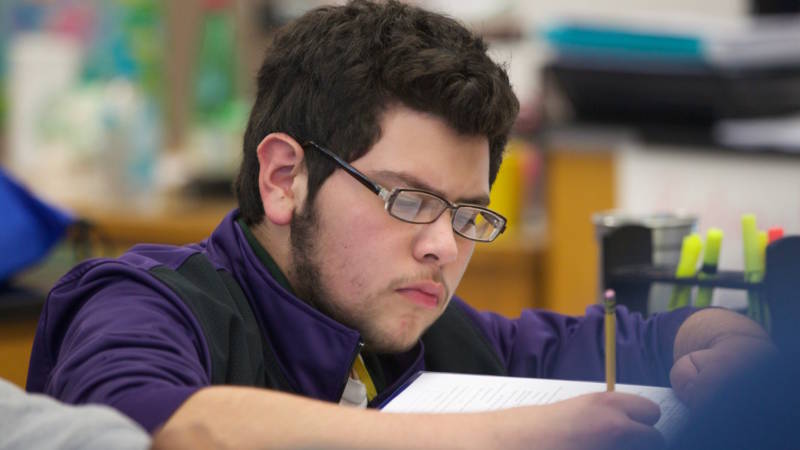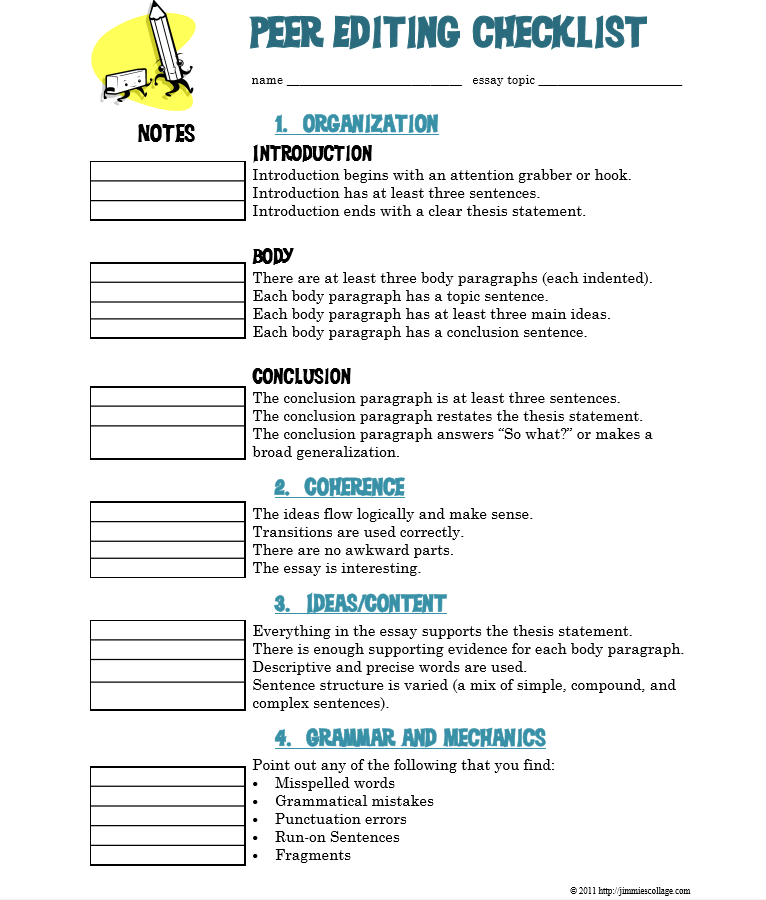This is the 4th and final installment of my thinking about the writing process for students with special needs. In my first post, I describe how I use gallery walks to establish pre-writing strategies with my students. In my second article, I outline how my students will read deeply into written works for more meaning, and in my third post, I explain the drafting process and how to use programs online to write their essays. In this final post, I will discuss how to edit, revise and finally publish my student’s final work.
Writing for all students, and especially for students with special needs, is a process that takes time to learn. It is essential to develop student skills throughout the school year so they aren’t bombarded with a huge essay and not be sure of what to do. In doing this, my expectations build throughout the year, just as I would hope my student’s expectations of themselves would rise as they learn as well. My hope is that through training the students to write, they will be better editors of their own work and their writing will better demonstrate what they know.
In the beginning of the school year, you don’t know your kids well enough to get a good grasp on how each one individually learns, and the idea is to get them to teach you how they learn. I have them do many writing assignments throughout the school year, all to train them for longer writes. Because most of my students struggle with reading or writing on some level, I find it important to access it at their level. Students love to talk about themselves, which is why I incorporate thoughtful writing tasks where they can do just that.
In November, shortly into the 2nd quarter of the school year, I do a program called National Novel Writing Month (NaNoWriMo). This program has been around since 1999. Recently, they have developed a Young Writers Program which includes curriculum for Teachers and a workbook version for students to access the program within the classroom. NaNoWriMo is 1-month event from November 1 to November 30 where individuals join in to commit their free time to writing a 50,000 word novel. I personally have written 9 novels in the last 9 years. As an educator, I am always looking for new ways to encourage my students to write. The Young Writers Program offers an option for students to set their own goals (which don’t have to be 50,000 – because that number can be daunting to almost anyone). And, I can create my own online classroom specifically for them to compete with each other.


